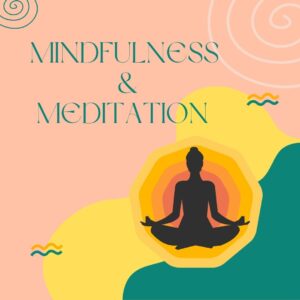 Meditation or Mindfulness? The difference between meditation and mindfulness is something many people confuse. It’s important to clarify the difference because both are beneficial for many of the same reasons. While the two practices are closely related, they are not the same, although many people do both for mental health, stress reduction, and personal growth.
Meditation or Mindfulness? The difference between meditation and mindfulness is something many people confuse. It’s important to clarify the difference because both are beneficial for many of the same reasons. While the two practices are closely related, they are not the same, although many people do both for mental health, stress reduction, and personal growth.
What is Meditation?
Meditation is a practice that involves focusing the mind, often to achieve a deep state of relaxation, awareness, or insight. There are many different types of meditation. Some more popular are focused attention, loving-kindness, and transcendental meditation. There’s also walking meditation, Vipassana, and yoga. You can also repeat mantras or relax and follow guided instructions. One of the simplest forms of meditation is mindfulness meditation. To practice, find a quiet place, sit comfortably, and focus on your breath or a specific sensation in your body. When your mind wanders, gently bring it back to your point of focus without judgment.
No matter what type of meditation you practice, meditation requires setting aside a specific time to practice, either sitting or lying down in a quiet space. If you’re new to meditation, choose a technique and try it for five to ten minutes. If you don’t like the thought of meditating alone, consider joining a group online or in your area. One option to consider is Mindful Leader. This online community offers drop-in meditation 24 hours/5 days a week.
What is Mindfulness?
Mindfulness is the quality of being present and fully engaged in the current moment with an open, non-judgmental attitude. The advantage of mindfulness is that it can be cultivated in daily life—whether you’re eating, walking, or doing household chores—without needing a formal meditation session.
Mindful awareness can be integrated into any moment by simply bringing your full attention to what’s happening right now without judgment or distraction. Here are a few ways you can practice mindfulness in daily life:
- Focus on your breath: At any moment, whether you’re waiting in line or walking, pay attention to your breath, noticing the sensations of inhaling and exhaling. This can help ground you in the present.
- Notice your surroundings: Engage your senses. What do you see, hear, smell, or feel? Bringing awareness to your environment can shift your focus away from distractions and center you in the present moment.
- Body scan: Throughout the day, pause to check in with your body. Are there areas of tension? How does your body feel at this moment? Just observing without trying to change anything can help you stay present.
- Non-judgmental awareness: When you find yourself evaluating your experiences, try shifting to a more neutral stance. Instead of judging your thoughts or emotions, observe them as they arise and understand that they are temporary.
- Mindful movement: Whether walking, stretching, or doing an activity like washing dishes, try to engage fully in the task. Feel the movements in your body and the sensations involved, and stay present with the activity at hand.
- Mindful listening: When interacting with others, really listen. Pay attention to the words, the tone, the pauses, and even the body language. Being fully present in conversations allows for deeper connections and more clarity.
Mindfulness is all about intentionally bringing your focus to the present and reducing distractions, even for a few seconds. Over time, these small moments of mindful awareness can build up and integrate into your daily routine.
Differences and Similarities
There are three main differences between meditation and mindfulness.
- Meditation is a structured, formal practice, while mindfulness is more of an ongoing state of awareness that can be practiced throughout the day.
- Meditation usually has a specific goal (e.g., deepening awareness, relaxation, or insight), whereas mindfulness is about maintaining continuous, open attention to the present moment without any particular objective.
- Meditation often requires a dedicated time commitment (e.g., 10-30 minutes), while mindfulness can be practiced in short bursts throughout the day, even while engaging in everyday tasks.
The two practices also complement one another. Meditation can serve as a training ground for mindfulness by helping individuals develop greater self-awareness and focus. The skills learned in meditation, such as focusing on the breath, can support mindfulness practices in daily life. Most importantly, both practices contribute to mental well-being. Many people practice meditation and mindfulness daily to increase peace of mind, clarity, and focus.
# # #
Jan Fishler is a certified happiness coach and author. Her most recent books are Don’t Stop Now: Making the Most of the Rest of Your Life and 52 Ways to Be Happy: from the inside out. You can learn more at www.JanFishler.net.
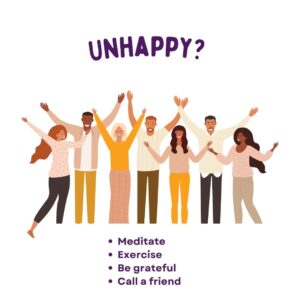

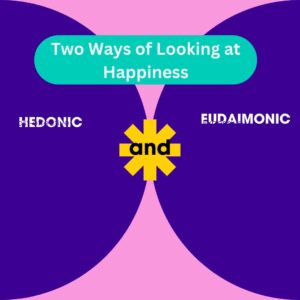
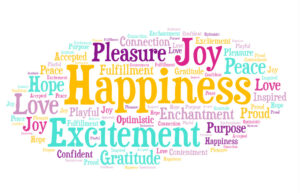

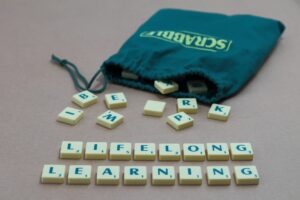 The older I get, the more I realize how important it is to keep learning and expanding my areas of interest. I could easily retire, but then what? Retirement–whatever that means–never seemed like a viable option. When I was a kid, my grandparents retired and moved from Ohio to Florida. My grandfather left his noodle company to my father and dedicated his retirement years to fishing. Every morning he would take his rod and reel, walk down to the public peer and wait for the fish to bite. My grandmother was the opposite. She spent her retirement years at the pool, playing cards and shopping. My parents weren’t much different. My father retired to play golf and cards and my mother followed suit. As I approached retirement years, none of these options made sense to me.
The older I get, the more I realize how important it is to keep learning and expanding my areas of interest. I could easily retire, but then what? Retirement–whatever that means–never seemed like a viable option. When I was a kid, my grandparents retired and moved from Ohio to Florida. My grandfather left his noodle company to my father and dedicated his retirement years to fishing. Every morning he would take his rod and reel, walk down to the public peer and wait for the fish to bite. My grandmother was the opposite. She spent her retirement years at the pool, playing cards and shopping. My parents weren’t much different. My father retired to play golf and cards and my mother followed suit. As I approached retirement years, none of these options made sense to me.

 Jan Fishler is an author, motivational speaker and writing coach. You can learn more about her work at
Jan Fishler is an author, motivational speaker and writing coach. You can learn more about her work at  Have You Done Enough?
Have You Done Enough?



